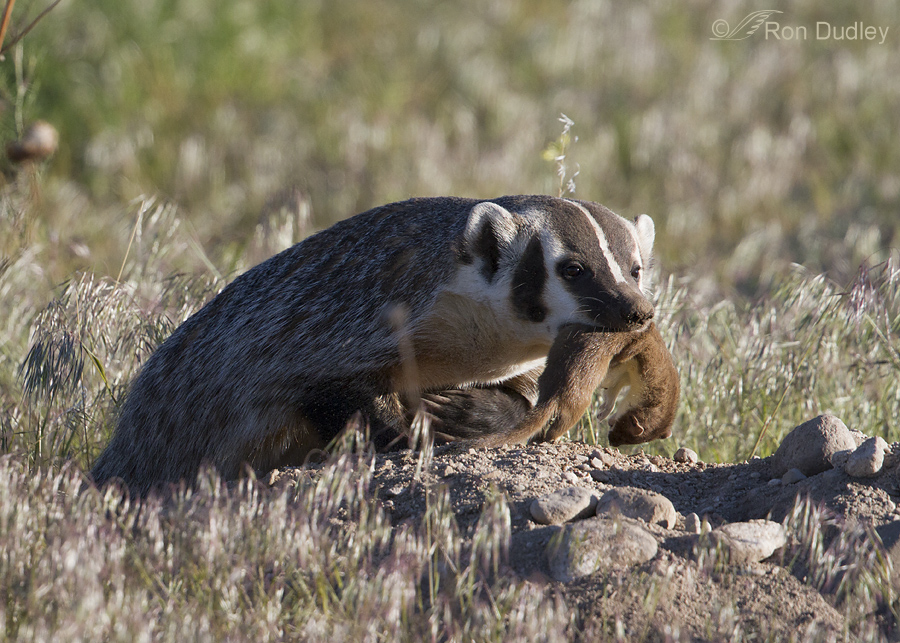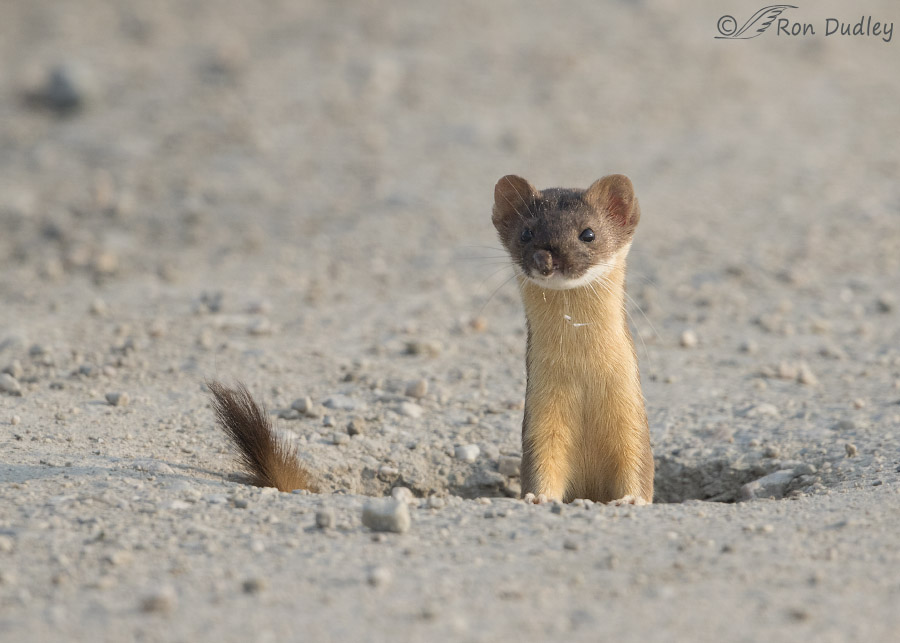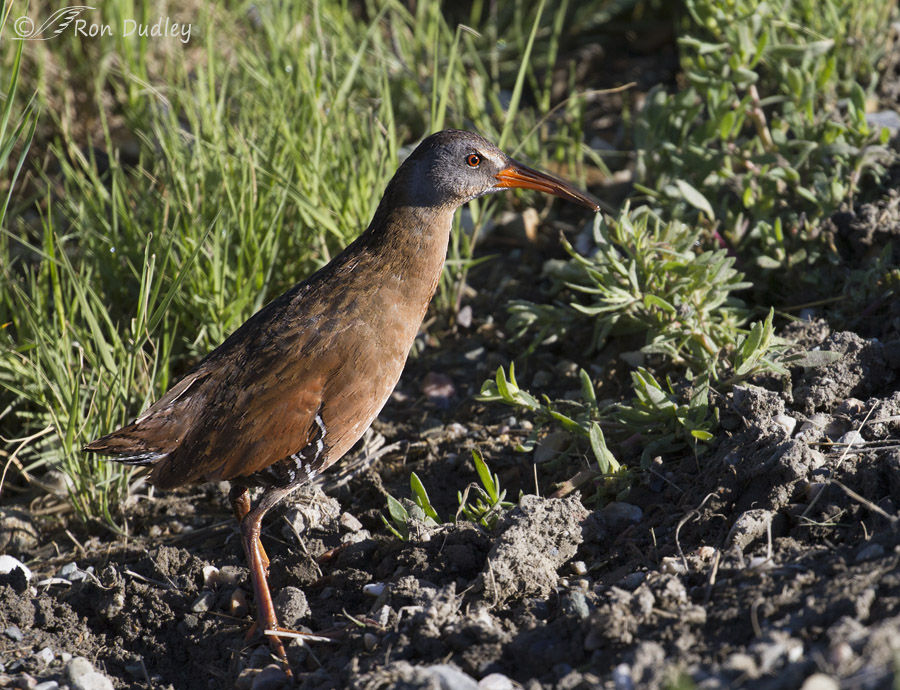Tag: mustela frenata
Long-tailed Weasel With The Nose Of A Prize Fighter
A Couple Of Bear River Skulkers – Long-tailed Weasel and Virginia Rail
Weasel In The Fog (and the mechanism of their seasonal color change)
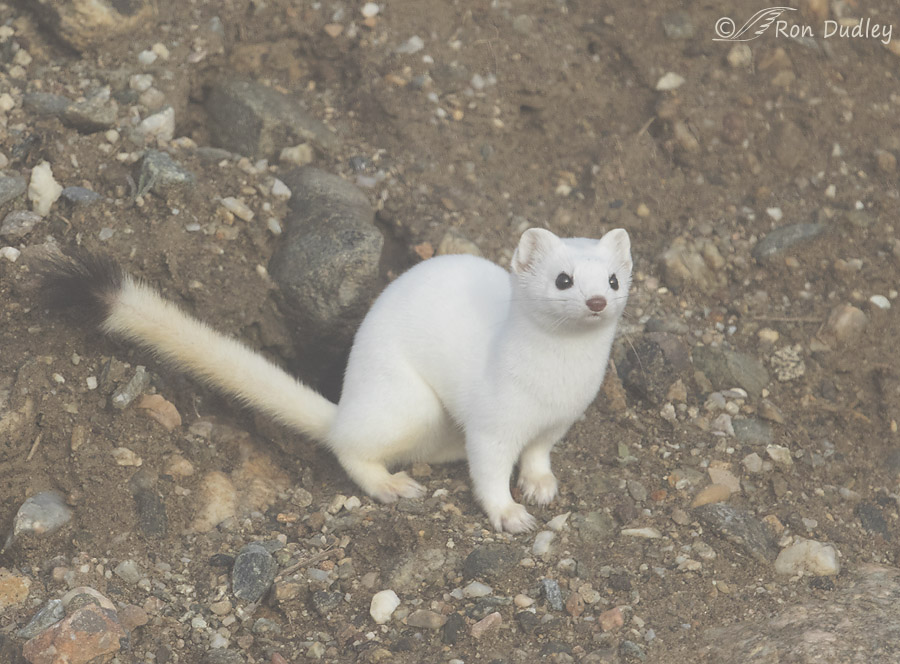
Farmington is in a sort of wrapped bowl of the Wasatch Mountains which traps clouds – the bane of bird photographers. Much the same thing happens to morning fog, especially during winter. Collectively I call the phenomenon the “Farmington Curse” and that curse, in the form of fog, was much in evidence two mornings ago when I spent some time with a Long-tailed Weasel.
Close Encounter With A Long-tailed Weasel
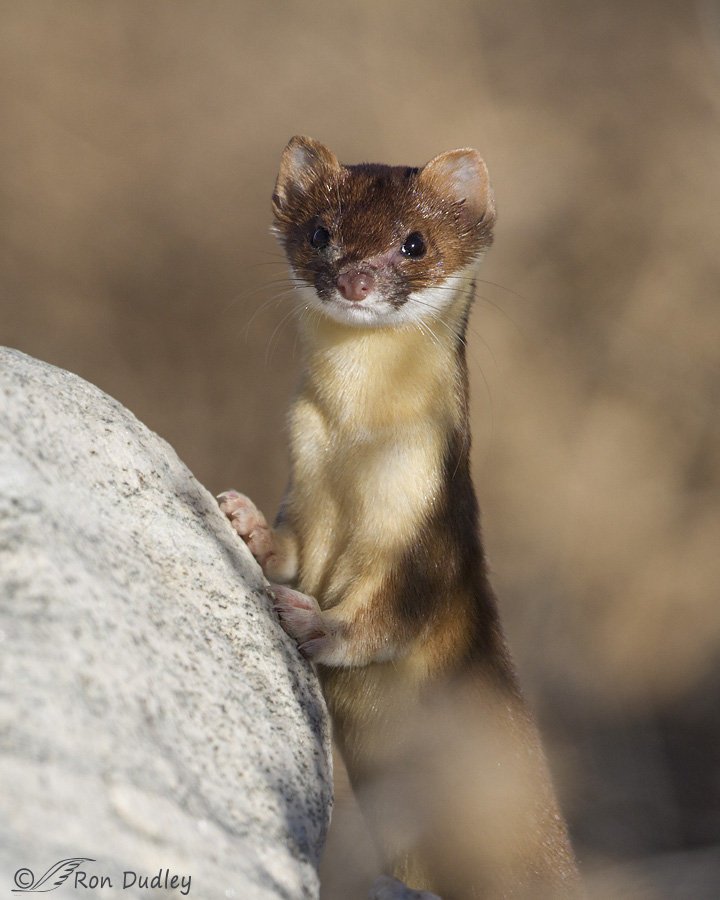
I had a brief but interesting encounter with a Long-tailed Weasel yesterday morning at Farmington Bay. The little mustelid ran across the road in front of my pickup and buried itself in the brush and rocks but on the long shot that it would reappear I stopped anyway. And reappear it did, right under my nose.
From Feathers To Fur, Weasel-style
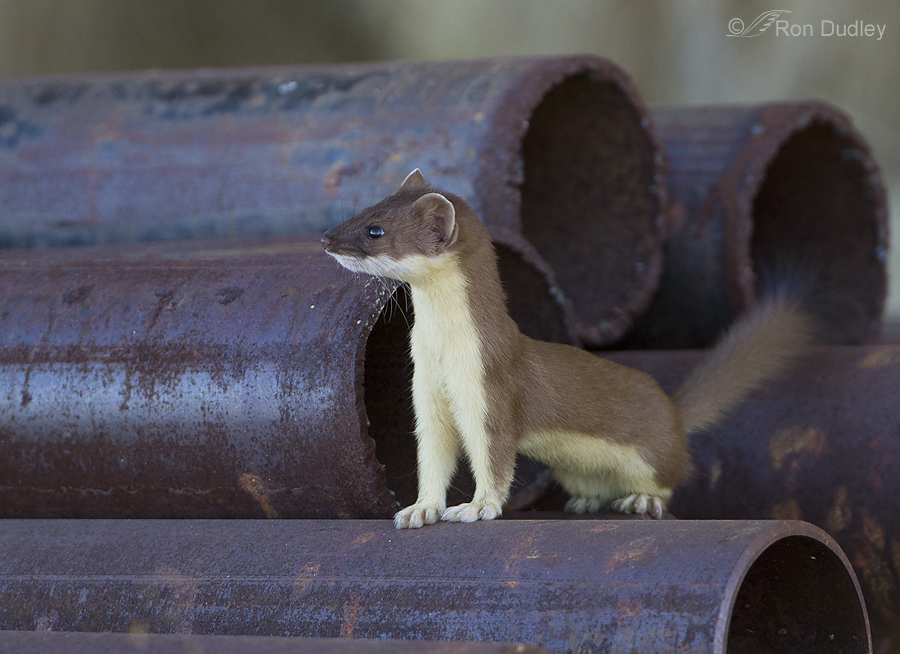
The vast majority of my posts are about birds as they are the primary goal of my photography. But I also love other wildlife, including mammals, and when I run across something interesting during my bird forays I try to photograph them. Such was the case two days ago.
These weasels are occasional cannibals which I’ve documented in two previous posts: “Long-tailed Weasel – Efficient Hunter and Cannibal” and “A Cannibalistic Long-tailed Weasel”.
A Cannibalistic Long-tailed Weasel
Long-tailed Weasels are elusive and fascinating critters. Some interesting information about them might include the following: sexually dimorphic, females 10 to 15% smaller than males the name is appropriate as the length of their tail can equal up to 70% of the head and body length eyes are black in daylight but glow a bright, emerald-green in a spotlight at night like other mustelids, have anal scent glands that produce a liquid with a strong, musky odor go through delayed implantation, they mate in July-Aug but implantation (and growth) of fertilized egg into uterine wall is delayed until March but after implantation the embryo develops for only 4 weeks before birth. This timing allows for birth in spring when prey is abundant. are obligate carnivores, prefer prey fresh or alive, seldom eat carrion aggressive and fearless hunters, often killing prey much larger than themselves with a bite to the neck favorite prey includes mice, rats, chipmunks, squirrels, moles, shrews, rabbits and chickens are “surplus killers”, often killing more than they can consume And they are occasional cannibals! Previously I posted two images from this encounter with a cannibalistic weasel at Bear River Migratory Bird Refuge. These three photos are new to my blog. This weasel had killed one of its kin and was trying to run with the body along the road at the refuge. It was having a very difficult time carrying that long corpse through all the vegetation, which was probably the only thing that slowed it down enough for me to manage…


